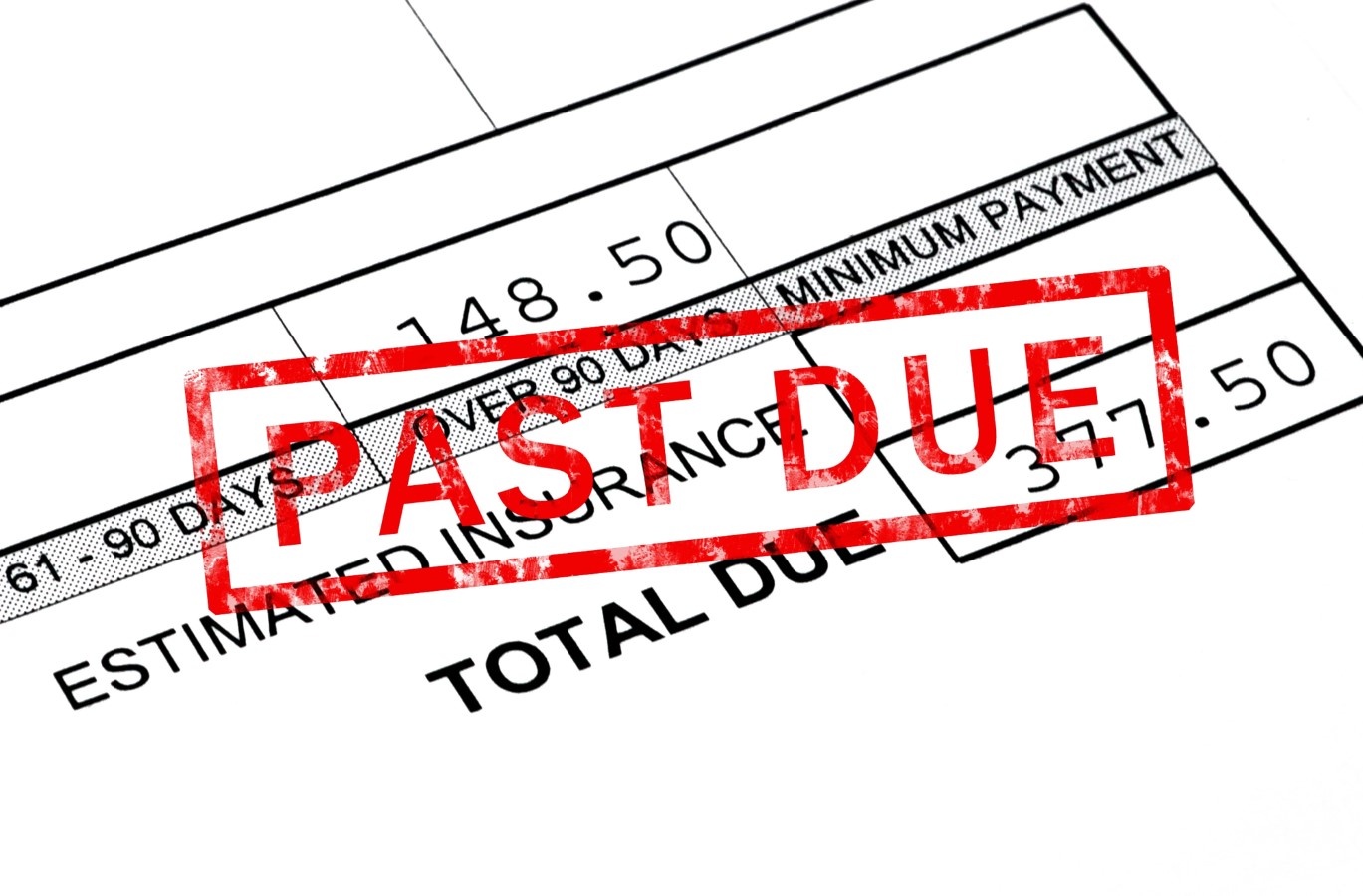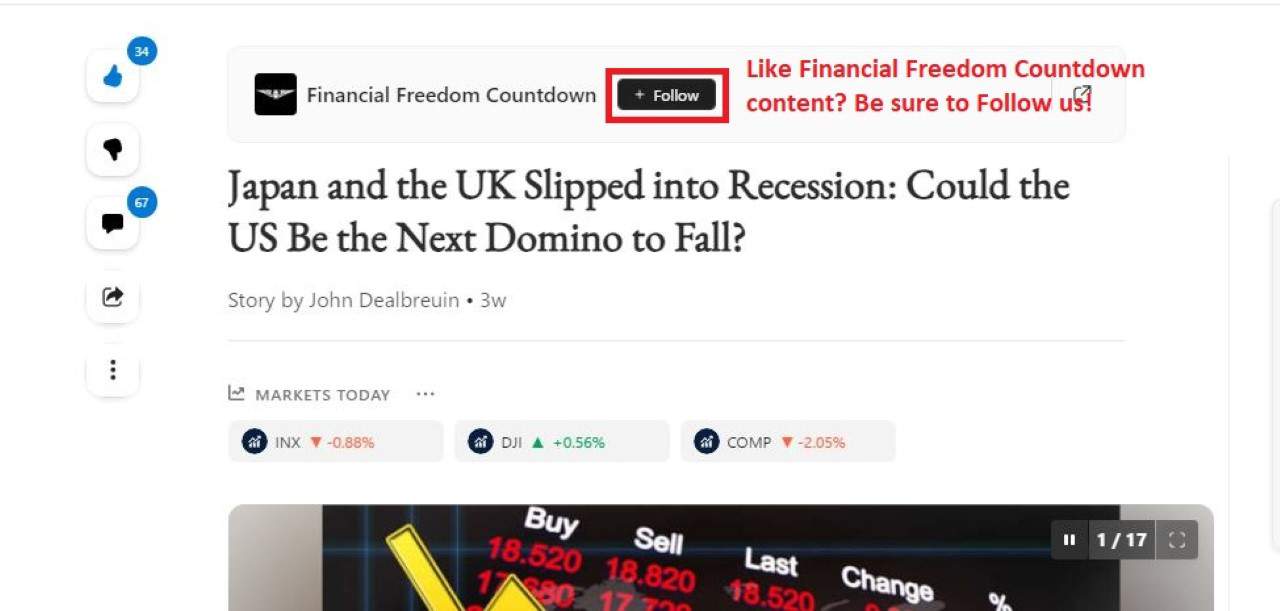The 30% Rule Is Dead: New Data Shows Buying A Home Is
The American Dream has hit a mathematical wall. For decades, the “30% rule” has been the standard of personal finance: never spend more than 30% of your gross income on housing.
But a startling new report released proves that this advice is now obsolete for the vast majority of Americans.
According to the latest data, 47 of the 50 largest U.S. metropolitan areas now require residents to spend significantly more than 30% of their income to afford a median-priced home. With mortgage rates hovering around 6.82% and home prices remaining stubborn, the gap between wages and real estate values has widened into a canyon.
Here is a deep dive into the numbers, revealing the few remaining affordable havens and the coastal giants where homeownership has become a statistical impossibility.
Pittsburgh, PA: The Nation’s Most Affordable Market

Pittsburgh stands alone as the undisputed champion of affordability in 2025. It is one of the rare major cities where the numbers still make sense for the average worker.
Median List Price: $249,900
Share of Income Required: 27.4%
Monthly Payment: ~$1,664
In Pittsburgh, a household earning the median income of roughly $72,935 can comfortably buy a home without stressing their budget. It is the only metro area in the dataset where the cost burden is significantly below the 30% safety line, leaving residents with ample funds for savings and other essentials.
Detroit-Warren-Dearborn, MI: Still Under the Limit

Detroit remains a stronghold for value, offering some of the lowest entry prices for real estate in the country.
Median List Price: $270,000
Share of Income Required: 29.8%
Monthly Payment: ~$1,798
With a median household income of $72,493, Detroit residents spend just under the recommended 30% threshold. While prices here have crept up due to demand from budget-conscious buyers, it remains one of the last bastions where a middle-class salary can secure a middle-class home.
St. Louis, MO-IL: The Threshold of Affordability

St. Louis represents the exact tipping point of the current housing market. It is the final city on the list where the math works perfectly.
Median List Price: $299,900
Share of Income Required: 30.0%
Monthly Payment: ~$1,997
For a household earning the local median of $79,869, buying a home consumes exactly 30% of their gross income. St. Louis effectively draws the line in the sand; in every other major city discussed below this point, the average buyer is considered “house poor” from day one.
Cleveland, OH: Just Missing the Mark

Moving down the list, we encounter the first cities that break the 30% rule, though only slightly. Cleveland remains relatively inexpensive but is no longer strictly “affordable” by historic standards.
Median List Price: $275,000
Share of Income Required: 32.0%
Monthly Payment: ~$1,831
Despite home prices being lower than St. Louis, Cleveland’s lower median household income of $68,695 means buyers here feel the pinch more, having to allocate 32% of their earnings to cover the mortgage, taxes, and insurance.
Indianapolis-Carmel-Greenwood, IN: The Midwestern Squeeze

Rounding out the top five is Indianapolis, where the cost of living is rising faster than the local wages can keep up.
Median List Price: $331,500
Share of Income Required: 33.2%
Monthly Payment: ~$2,208
With a typical home price over $330,000 and a median income of $79,724, families in Indianapolis are now stretching their budgets beyond the comfort zone, spending nearly a third of their pre-tax money just to keep a roof over their heads.
California’s “Impossible” Housing Market

If the Midwest is squeezed, California is crushed. The report highlights a staggering reality: the Golden State is home to the three least affordable markets in the entire nation. In these metros, the disconnect between wages and home prices is so severe that homeownership has effectively become an exclusive club for the ultra-wealthy or those with massive inherited wealth.
Los Angeles, CA: The 100% Problem

Los Angeles is the epicenter of the crisis. The numbers here are truly unprecedented.
Median List Price: $1,195,000
Share of Income Required: 104.5%
Monthly Payment: ~$7,958
To afford the median home in L.A., a typical family would need to spend more than 100% of their total income on housing costs. This statistical absurdity explains why 51% of Angelenos rent; unless a buyer has a massive down payment (calculated at 90-95% to make monthly payments affordable), buying a home is mathematically impossible for the median earner making $91,380.
San Diego, CA: Sunshine Tax Hits Hard

San Diego follows closely behind, offering beautiful weather at a devastating price.
Median List Price: $995,000
Share of Income Required: 77.1%
Monthly Payment: ~$6,626
With a median income of $103,066, San Diego households are earning six figures but still falling woefully short. Spending nearly 80% of gross income on housing leaves almost nothing for taxes, food, transportation, or healthcare.
San Jose, CA: High Salaries, Higher Prices

Silicon Valley boasts the highest median income in the nation ($156,664), but even tech salaries can’t keep pace with these property values.
Median List Price: $1,419,500
Share of Income Required: 72.4%
Monthly Payment: ~$9,453
San Jose has the highest median list price of any city in the report. Despite earning nearly double the national average, a typical family here would still need to hand over nearly three-quarters of their paycheck to the bank every month.
The Northeast Corridor Crisis

The affordability crisis isn’t limited to the West Coast. The megalopolises of the Northeast are also seeing the American Dream slip away, with high density and limited inventory driving prices to record highs.
New York, NY-NJ: The Big Apple Squeeze

The New York metro area remains one of the toughest markets in the world for buyers.
Median List Price: $795,000
Share of Income Required: 66.9%
Monthly Payment: ~$5,294
A household earning the median $94,960 is priced out, required to spend two-thirds of their income on housing. This 67% burden is more than double the recommended safe limit.
Boston, MA-NH: Historic Costs

Boston rounds out the list of the five least affordable cities in the U.S.
Median List Price: $879,000
Share of Income Required: 64.3%
Monthly Payment: ~$5,854
With homes approaching the $900k mark and a median income of $109,295, Bostonians face a similar struggle to New Yorkers, with nearly 65% of their income eaten up by housing costs.
The National Picture: A 44% Burden

Zooming out to the national level, the data confirms that the affordability crisis is systemic, not local.
National Median List Price: $440,000
National Share of Income Required: 44.6%
The typical American household, earning $78,770, would need to spend nearly 45% of their income to buy the typical American home. This is 15 percentage points higher than the “safe” 30% limit.
Mortgage Rates Aren’t Helping

The calculations in this report assume a mortgage rate of 6.82%. While rates have fluctuated, they remain high enough to add hundreds of dollars to monthly payments compared to just a few years ago. The report authors note that they do not expect rates to fall significantly in the near term, meaning this pressure valve is unlikely to release soon.
The Down Payment Delusion

The affordability crisis is compounded by the down payment assumption. The data assumes buyers are putting down 20%; a traditional standard that is increasingly rare for first-time buyers. For a $440,000 national median home, that’s an $88,000 cash outlay. For a home in San Jose, it’s over $280,000. Without this massive upfront cash, monthly payments would be even higher than the report suggests.
Why Wages Can’t Keep Up

While income growth could theoretically close the gap, the reality is stark. Wages would need to skyrocket to make homes affordable again, but such rapid growth would likely trigger inflation and push home prices even higher. The report suggests that while higher wages are necessary, they cannot be the sole solution to a problem driven largely by asset prices and interest rates.
The Supply Shortage

A major driver of these high prices is a chronic lack of supply. In high-demand markets, particularly in the Northeast and California, new construction has lagged behind population growth for years. Without a significant influx of new, affordable inventory, competition for existing homes will keep prices elevated, regardless of what interest rates do.
Renting vs. Owning

The report illuminates why the “renter nation” trend is accelerating. In the five least affordable metros, nearly half of all households rent. When ownership requires spending 70% or 100% of your income, renting becomes not just a choice, but a financial survival mechanism. The traditional path of building wealth through home equity is now effectively gated off for millions of Americans.
Future Outlook

Is there any hope on the horizon? The report indicates that home prices have softened in some markets where supply has increased, particularly those with significant new construction. However, for the most desirable cities, the outlook remains challenging. Unless there is a dramatic shift in mortgage rates or a massive construction boom, the 30% rule may become a relic of the past.
Like Financial Freedom Countdown content? Be sure to follow us!
Think $32,000 Is Poverty? New Analysis Says Families Need $140,000 Just to Stay Afloat

Michael Green, portfolio manager and chief strategist at Simplify Asset Management, generated some controversy this week with his analysis trying to explain why the middle class is being squeezed. He warned that a long-ignored flaw at the heart of U.S. economic measurement has quietly broken the country.
Think $32,000 Is Poverty? New Analysis Says Families Need $140,000 Just to Stay Afloat
Household Debt Hits Record $18.6 Trillion as Americans Face Rising Defaults and Soaring Delinquencies

Household debt climbed by another $197 billion in the third quarter of 2025, hitting a record $18.59 trillion, according to the New York Fed’s latest Household Debt and Credit Report. The increase, though moderate, is arriving at a moment when millions of Americans are slipping into delinquency; raising questions about whether the economy is entering a far more vulnerable period than policymakers acknowledge.
Millions Could Miss Out on a New $1,000 Federal Retirement Match. Check If You Qualify

Beginning in 2027, millions of lower- and moderate-income savers will qualify for what financial researchers are bluntly calling “free money.” The new federal Saver’s Match; created under the 2022 SECURE 2.0 Act will replace today’s underused Saver’s Credit with a far more powerful benefit: up to $1,000 deposited directly into your retirement account every year. Morningstar’s early modeling suggests that eligible participants could see retirement wealth jump as much as 12%, a remarkable return for a program few Americans have even heard of.
Millions Could Miss Out on a New $1,000 Federal Retirement Match. Check If You Qualify

Did you find this article helpful? We’d love to hear your thoughts! Leave a comment with the box on the left-hand side of the screen and share your thoughts.
Also, do you want to stay up-to-date on our latest content?
1. Follow us by clicking the [+ Follow] button above,
2. Give the article a Thumbs Up on the top-left side of the screen.
3. And lastly, if you think this information would benefit your friends and family, don’t hesitate to share it with them!

John Dealbreuin came from a third world country to the US with only $1,000 not knowing anyone; guided by an immigrant dream. In 12 years, he achieved his retirement number.
He started Financial Freedom Countdown to help everyone think differently about their financial challenges and live their best lives. John resides in the San Francisco Bay Area enjoying nature trails and weight training.
Here are his recommended tools
Personal Capital: This is a free tool John uses to track his net worth on a regular basis and as a retirement planner. It also alerts him wrt hidden fees and has a budget tracker included.
Platforms like Yieldstreet provide investment options in art, legal, real estate, structured notes, venture capital, etc. They also have fixed-income portfolios spread across multiple asset classes with a single investment with low minimums of $10,000.
Source: The 30% Rule Is Dead: New Data Shows Buying A Home Is